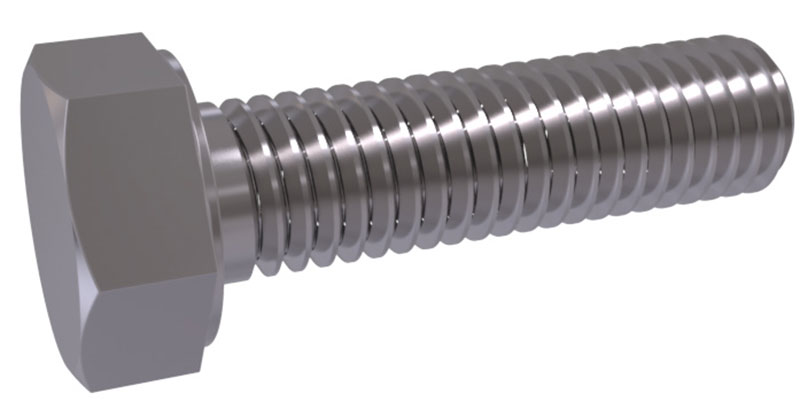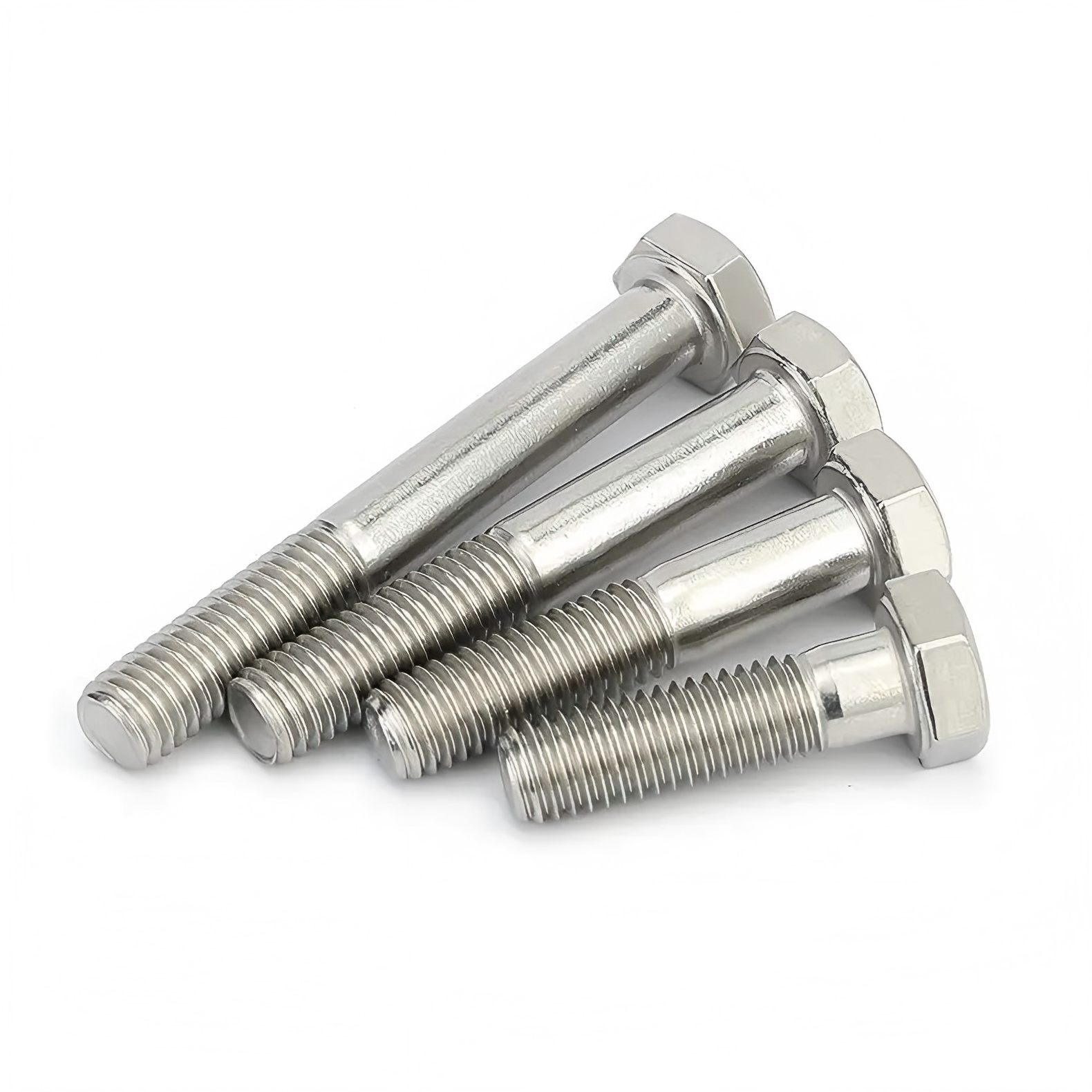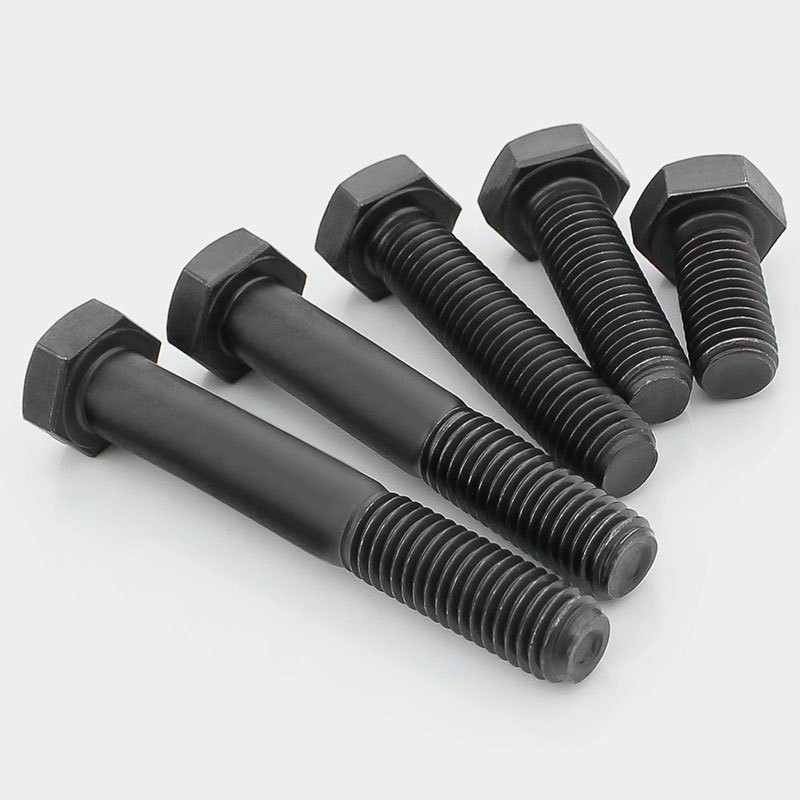Introduction
DIN 931 hex bolts are one of the most widely used fasteners in structural, mechanical, and heavy-duty applications. Known for their partially threaded shank, these bolts provide excellent shear strength and alignment, making them ideal for high-load joints and precision assemblies.
This article explains the DIN standard for hex bolts, tolerances you need to know, material grades used in DIN 931 bolts, and practical tips for removing stubborn hex bolts in the field.
What Is the DIN Standard for Hex Bolts?
The DIN standard for hex bolts refers to a set of specifications defined by the Deutsches Institut für Normung (DIN)—the German Institute for Standardization. For hex bolts, the most commonly referenced standards include:
DIN 931: Hex head bolts with partial threading, metric thread, typically used in structural applications.
DIN 933: Hex head bolts with full threading.
Both standards specify the following parameters:
Head dimensions (across flats, height)
Thread pitch (based on metric size)
Shank and thread length
Material grade and mechanical strength
Tolerances for manufacturing
DIN 931 is typically used where shear strength and precision alignment are more critical than flexibility in assembly.

What Is the Length Tolerance for DIN 931?
The length tolerance for DIN 931 bolts is specified in the DIN standard and is based on the nominal bolt length (L) and diameter (d). General tolerances are:
±2 mm for bolts up to 125 mm in length
±3 mm for bolts longer than 125 mm
These tolerances ensure consistent fit and preload when bolts are used in critical structures like bridges, steel frames, or machinery bases.
✅ Note: Always refer to ISO 4759-1 or the specific bolt manufacturer’s datasheet for precise tolerance class (e.g., medium tolerance "m").
What Grade Is DIN 931?
DIN 931 bolts are available in various strength grades, depending on the material and application:
🔹 Carbon Steel Grades:
Grade 8.8 – The most common for structural and general industrial use.
Grade 10.9 – Higher tensile strength for dynamic or high-load applications.
Grade 12.9 – Used for critical applications with extreme stress (less common in DIN 931 due to shear considerations).
🔹 Stainless Steel Grades:
A2-70 – General corrosion resistance, ideal for outdoor environments.
A4-80 – High corrosion resistance, used in marine, chemical, or coastal conditions.
Always select the bolt grade based on:
Required mechanical strength
Operating environment (humidity, chemical exposure)
Bolt coating or plating (zinc, HDG, Dacromet, etc.)

How to Take Out a Hex Bolt?
Removing a hex bolt may seem simple—but when it's rusted, stripped, or over-torqued, it can become a frustrating task. Here's how to do it right:
1. Use the Correct Tool
Use a hex socket or box wrench that fits tightly. Avoid adjustable or worn tools that can slip or round the bolt head.
2. Apply Penetrating Oil
Spray penetrating lubricant (e.g., WD-40) around the bolt threads and let it sit for 10–15 minutes. This helps break rust bonds and makes removal easier.
3. Use Heat (if safe)
A propane torch can expand the surrounding metal and help loosen stuck bolts—especially in automotive or machinery applications. ⚠️ Use only when there's no flammable material nearby.
4. Impact Driver or Wrench
For seized bolts, use an impact wrench or impact driver to apply controlled torque and vibration. This is effective for bolts subjected to vibration or weather.
5. Bolt Extractor for Damaged Heads
If the hex head is stripped or rounded, use a bolt extractor kit. These grip the damaged head securely and allow removal with a ratchet.
🔧 Pro Tip: Never reuse a bolt that shows signs of hydrogen embrittlement, necking, or head damage—even if you manage to remove it cleanly.
Conclusion
DIN 931 hex bolts offer a precise and powerful fastening solution for structural and industrial applications where alignment and shear strength are critical. Understanding the standard's dimensions, tolerances, and strength grades ensures proper selection for long-term performance.
And when it comes time to remove a bolt—whether for inspection, repair, or replacement—having the right tools and techniques can save both time and equipment damage.
Investing in the correct DIN 931 bolts and applying best practices during installation and removal is a simple way to enhance the reliability and safety of your assemblies.










